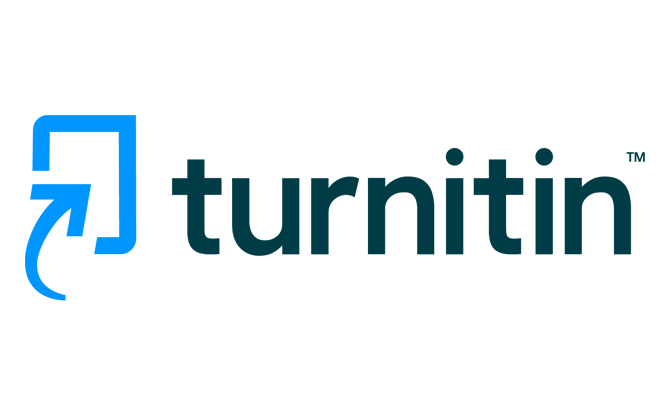SUBSTITUTION OF HIJAAN WITH WASTE MEDIUM MEDIA FERMENTATION WHITE FERMENTATION WITH NON KARKAS PERCENTAGE IN LOCAL SHEEP
DOI:
https://doi.org/10.32734/jpi.v5i3.2127Keywords:
greenhouse, tracheaAbstract
This study aims to determine whether the waste media plant white fermented oyster mushroom can substitute forage on sheep against non-carcass components are feasible eaten. This research was conducted in Namo Trasi Village, Pasar VIII, in October - December 2017 by using local sheep with average weight of 9 ± 0.25 kg. The research design used in this study was a complete randomized design (RAL) with 4 treatments and 5 replicates, consisting of P0 (60% non-wasted greenhouse vegetation fermentation + 40% concentrate), P1 (45% forage and waste) medium planting white oyster mushroom fermentation 15% + concentrate 40%), P2 (forage 30% and waste medium planting white oyster mushroom fermentation 30% + concentrate 40%) and P3 (forage 15% and sewage media plant white fermented oyster mushrooms 45% + 40% concentrate). The parameters observed were weight percentage of head, leg, skin, tail, trachea and lungs, liver, heart, blood, and gastrointestinal tract. The result of the research shows that the waste of fermented white oyster mushroom media can substitute forage as local sheep feed, but it can not increase the percentage of non-carcass component that is feasible to eat.
Downloads
Downloads
Published
Issue
Section
License
The Authors submitting a manuscript do so on the understanding that if accepted for publication, copyright of the article shall be assigned to Jurnal Peternakan Integratif as well as TALENTA Publisher Universitas Sumatera Utara as the publisher of the journal.
Copyright encompasses exclusive rights to reproduce and deliver the article in all forms and media. The reproduction of any part of this journal, its storage in databases and its transmission by any form or media, will be allowed only with written permission from Jurnal Peternakan Integratif.
The Copyright Transfer Form can be downloaded here.
The copyright form should be signed originally and sent to the Editorial Office in the form of original mail or scanned document.















